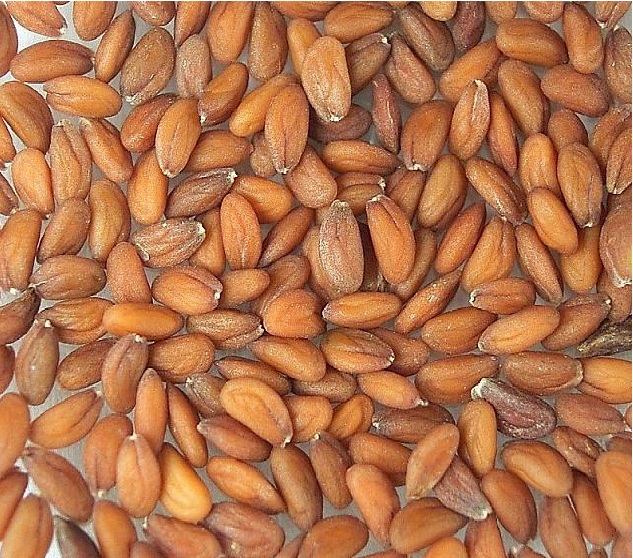Status and Conservation of Lepidium Sativum Linn. (Chansur): An Ethnomedicinal Herb of Madhya Pradesh
Herbal medicines are in great demand in both developed and the developing countries in primary healthcare because of their great efficacy and little or no side effects. In India, the indigenous system of medicine namely Ayurvedic, Siddha and Unani have been in existence for several centuries. These traditional systems of medicine together with homoeopathy and folklore medicine continue to play a significant role largely in the health care system of the population.
Whole 5 pages article is availabel for download here.
STATUS AND CONSERVATION OF LEPIDIUM SATIVUM LINN. (CHANSUR): AN ETHNOMEDICINAL HERB OF MADHYA PRADESH
KAUL S.1, DWIVEDI S. 1*, DWIVEDI A. 1, PATIDAR, H.C. 1 KAPPADIA R. 2, MANIGAUNHA A. 3
1, VINAYAKA MISIONS COLLEGE OF PHARMACY,SALEM, (T.N.)
2, NRI INSTITUTE OF PHARMACEUTICAL SCIENCES, BHOPAL, (M.P.)
3, PRINCIPAL, NRI INSTITUTE OF DIPLOMA PHARMACY, BHOPAL, (M.P.)
ABSTRACT
Herbal medicines are in great demand in both developed and the developing countries in primary healthcare because of their great efficacy and little or no side effects. In India, the indigenous system of medicine namely Ayurvedic, Siddha and Unani have been in existence for several centuries. These traditional systems of medicine together with homoeopathy and folklore medicine continue to play a significant role largely in the health care system of the population. The tribals and rural population of India are highly dependent on medicinal plant therapy for meeting their health care needs. This attracted the attention of several botanist and plant scientists of several medicinal plants and there was a spurt of scientific literature. Chansur (Lepidium sativum) belonging to the family Cruciferae grown in India, Europe and US is an underutilized crop. The edible whole seed is known to have health promoting properties. The herb is highly uses by the rural and tribal people in curing various disorders. The present paper enumerates various traditional and ethnomedicinal utility of the plant. Also, the attempt was made to know their status in various region of the Madhya Pradesh state of India and to propose their possible conservation methods.
KEY WORDS: Chansur, traditional and folk remedies, ailments, Status and conservation
INTRODUCTION
Garden cress or chansur (Lepidium sativum) belonging to the family Cruciferae grown in India, Europe and US is an underutilized crop. The edible whole seed is known to have health promoting properties. Hence, it was assumed that these seeds can be a functional food. A preliminary work on chemical composition of seeds was carried out and the possibility of using it as nutraceutical food ingredient in dietary fiber formulation was explored. It is a fast-growing, edible plant botanically related to watercress and mustard and sharing their peppery, tangy flavor and aroma. In some regions garden cress is known as garden pepper cress, pepper grass or pepperwort. It is a perennial plant, and an important green vegetable consumed by human beings, most typically as a garnish or as a leaf vegetable. Garden cress is found to contain significant amounts of iron, calcium and folic acid, in addition to vitamins A and C. The garden cress produces an orange flower suitable for decorative use and also produces fruits which, when immature, are very much like caper berries. Garden cress is also used as a medicine in India in the system of ayurveda. It is used to prevent postnatal complications; the seeds of this plant perform as an aperient when boiled with milk.
Whole 5 pages article is availabel for download here.
If you are interested in this theme you can also read a detailed article about "21 Perennial Flowers that Bloom All Summer – Even from Spring to Fall " - https://www.tipsbulletin.com/perennial-flowers/

